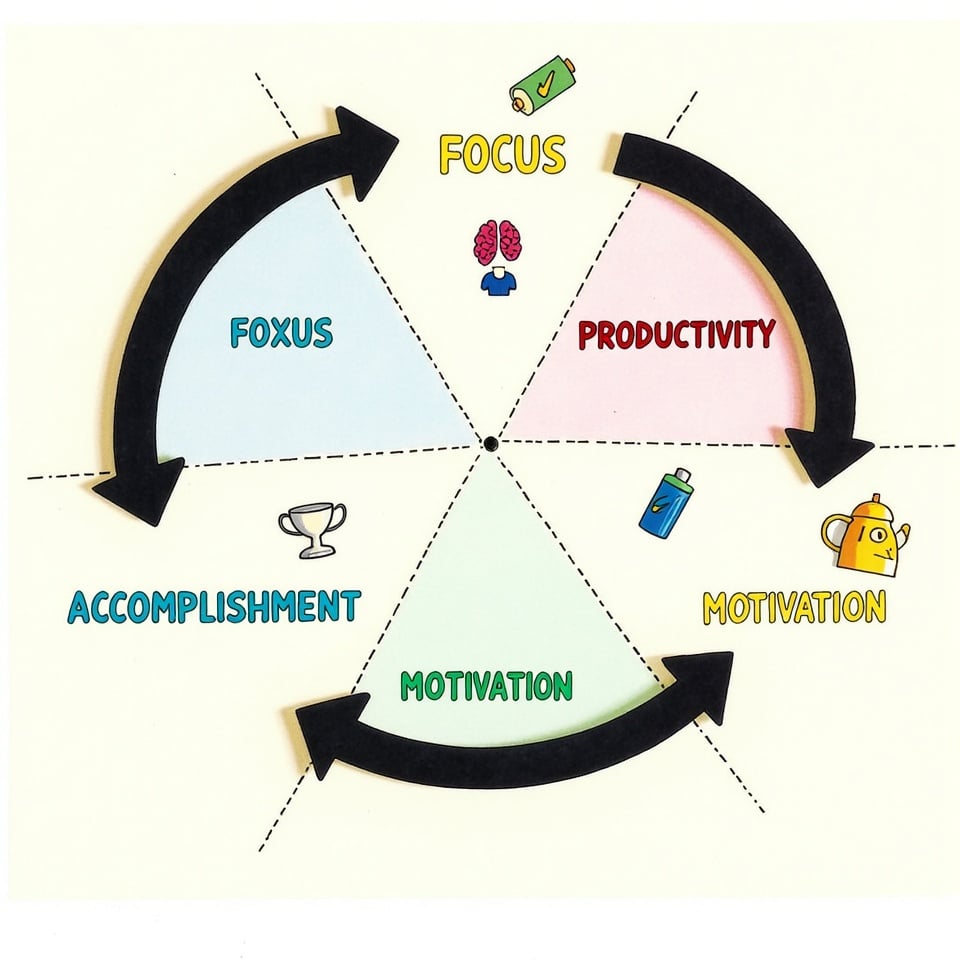Every academic study starts with a question. But what makes a question worth investigating?
In this article, I’ll explore the concept of a research gap and its role in driving meaningful research.
What is a research gap?
A research gap is a specific area in a field of study where there’s a lack of up-to-date research, inconclusive findings, or a need for further investigation.
It’s the gap between what we already know and what we still need to discover.
Think of it as a puzzle with missing pieces — the research gap is the blank space that needs to be filled with new knowledge, evidence, or insights.
How to identify research gaps?
Identifying a research gap requires a systematic and thoughtful approach to analyzing existing literature and recognizing areas that remain unexplored.
This process not only involves a comprehensive review of current research but also demands a critical perspective to uncover what is missing.
Here are key strategies to effectively identify research gaps:
- Conduct a Thorough Literature Review
Begin by immersing yourself in the latest research papers, academic journals, and books in your area of interest. This helps establish a solid understanding of what has already been studied and where knowledge remains incomplete. - Look for Inconsistencies and Contradictions
While reviewing the literature, pay close attention to any inconsistencies, debates, or contradictions among researchers. These often signal areas where additional research can provide clarity or resolution. - Identify Areas with Limited Research
Focus on topics or subtopics that have received little attention or have been overlooked. Such areas often hold great potential for groundbreaking research that can address these gaps. - Analyze Current Events and Trends
Stay informed about the latest developments, trends, and issues in your field. These real-world changes can highlight emerging challenges or opportunities that require immediate academic attention. - Engage with Experts and Stakeholders
Seek insights from experts, practitioners, and stakeholders in the field. Their practical experiences and perspectives can often point to pressing research needs or areas that remain underexplored.
Types of research gaps
There are many types of research gaps based on the nature of the problem, the type of data needed, and the goals of the research.
Let’s break them down:
1. Knowledge Gap:
A knowledge gap occurs when there’s a lack of information or understanding about a specific topic or issue. It’s a fundamental gap that needs to be filled with new research to advance our knowledge.
2. Conceptual Gap:
A conceptual gap arises when there’s a need to clarify or redefine existing concepts, theories, or frameworks. This type of gap requires researchers to think critically and creatively to develop new ideas and perspectives.
3. Theoretical Gap:
A theoretical gap exists when there’s a need to develop or refine a theory or framework to explain a particular phenomenon. This type of gap is all about building a stronger theoretical foundation for future research.
4. Methodological Gap:
A methodological gap occurs when there’s a need to develop or improve research methods, tools, or techniques. This type of gap is all about finding better ways to collect, analyze, and interpret data.
5. Empirical Gap:
An empirical gap arises when there’s a lack of empirical evidence to support or refute a particular theory or hypothesis. This type of gap requires researchers to design and conduct studies to gather more data.
6. Evidence Gap:
An evidence gap exists when there’s a need to gather more evidence to inform policy, practice, or decision-making. This type of gap is all about providing actionable insights to stakeholders.
7. Practical Gap:
A practical gap occurs when there’s a need to translate research findings into practical applications or solutions. This type of gap is all about making research more relevant and useful to real-world problems.
8. Data Gap:
A data gap arises when there’s a lack of reliable, accurate, or up-to-date data to support research or decision-making. This type of gap requires researchers to collect, analyze, and interpret new data.
9. Population Gap:
A population gap exists when there’s a need to study a specific population or subgroup that has been neglected or underrepresented in previous research. This type of gap is all about giving voice to marginalized or underrepresented groups.
Example of a research gap
The identification of research gaps is crucial in advancing academic knowledge and practical applications in any field.
The article “The Impact of Positive Emotional Experiences on eWOM Generation and Loyalty“ by Serra-Cantallops, Ramon-Cardona, and Salvi (2018) offers an insightful example of how research gaps can be recognized within a study.
This research, while contributing significantly to understanding the role of positive emotional experiences in enhancing eWOM and loyalty in the hospitality industry, highlights several areas where further exploration is necessary.
One limitation of the study is its focus on upscale hotels and an older demographic, with most respondents being over the age of 50. This narrow scope limits the applicability of the findings to other types of accommodations, such as budget or boutique hotels, and to younger or more diverse traveler groups. Broadening the demographic and service range could yield insights into how positive emotional experiences impact loyalty and eWOM in varied contexts.
Additionally, while the study emphasizes the importance of positive emotional experiences, it does not examine the interplay between emotional experiences and other critical factors like service quality. Integrating such constructs could provide a more comprehensive understanding of their collective impact on customer satisfaction and loyalty.
Another significant finding of the study is the relatively weak link between eWOM generation and customer loyalty. This suggests the need for further investigation into mediating variables such as trust, brand advocacy, or customer engagement, which may bridge the gap between these constructs.
Moreover, the study treats eWOM as a generalized construct without distinguishing between the platforms where it occurs, such as social media, review websites, or travel booking platforms. Given the rapid evolution of digital communication, understanding how different platforms influence the generation and impact of eWOM is an important area for future research.
Finally, the research is confined to two European markets: the UK and Germany. Although these markets are significant, extending the analysis to include other cultural contexts would provide a deeper understanding of how cultural differences influence emotional experiences, eWOM generation, and loyalty.
These research gaps underscore the need for broader, more inclusive studies that explore diverse contexts, integrate additional constructs, and delve into platform-specific dynamics. By addressing these gaps, future research can contribute to a more nuanced and actionable understanding of customer behavior in the hospitality industry.
Reference:
Serra-Cantallops, A., Ramon-Cardona, J., & Salvi, F. (2018). The impact of positive emotional experiences on eWOM generation and loyalty. Spanish Journal of Marketing – ESIC, 22(2), 142–162. https://doi.org/10.1108/SJME-03-2018-0009







